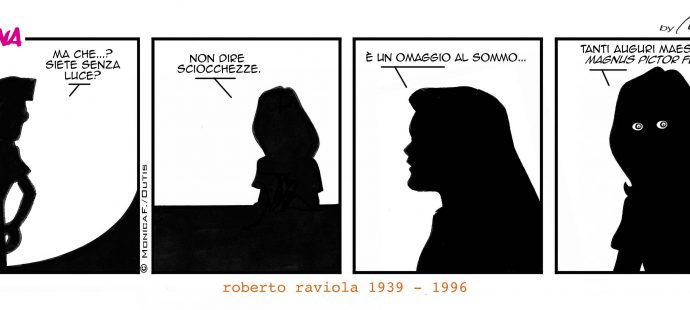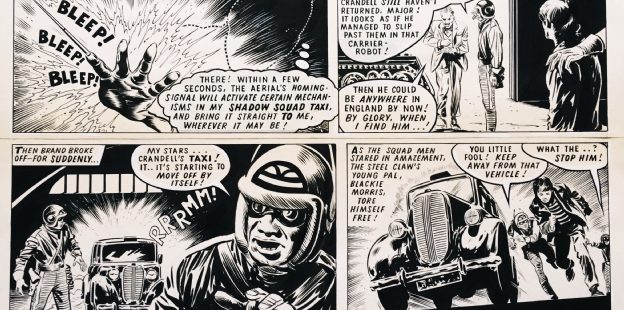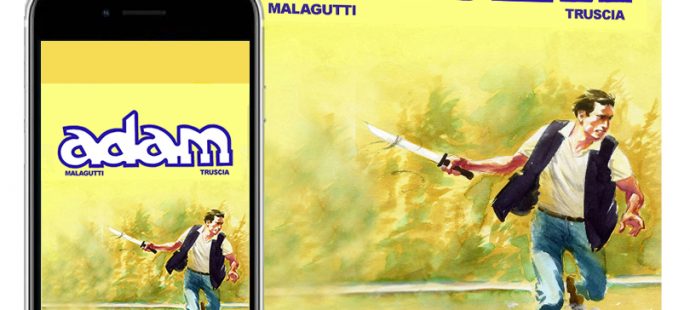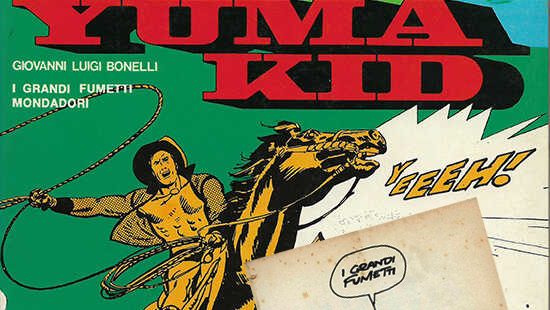
Xtina Happy B’day Roberto Magnus Raviola
Xtina Happy B’day Roberto Magnus Raviola Se c’è un principe della sagoma nera nella storia dei fumetti, se c’è un campione della sintesi di linguaggio iconico a strisce, se c’è ...

Xtina Happy B’day Roberto Magnus Raviola Se c’è un principe della sagoma nera nella storia dei fumetti, se c’è un campione della sintesi di linguaggio iconico a strisce, se c’è ...

Born today Giorgio Cambiotti Giorgio Cambiotti (30 May 1931 – 31 January 2004, Italy) was one of the pioneers of Italian erotic comics. He worked at the Studio Rosi from ...

Drabble comic strip in Italy becomes Famiglia Belbelli Published weekly in La Settimana Enigmistica Kevin Fagan ( 22 June 1956, USA) is the creator of the semi-autobiographical comic strip, ‘Drabble’. ...

Adam Graphic Novel only on outisfumetti.com Adam How does a scriptwriter react to the misadventures he has always only imagined?In this episode the story tells about the animated adventure of ...

Giovanni G.L. Bonelli interview Quando feci una intervista a G.L. Bonelli e poi mi portò al mio primo ristorante cinese. Domanda: Perché tra le tante ciofeche non si ristampa questo ...